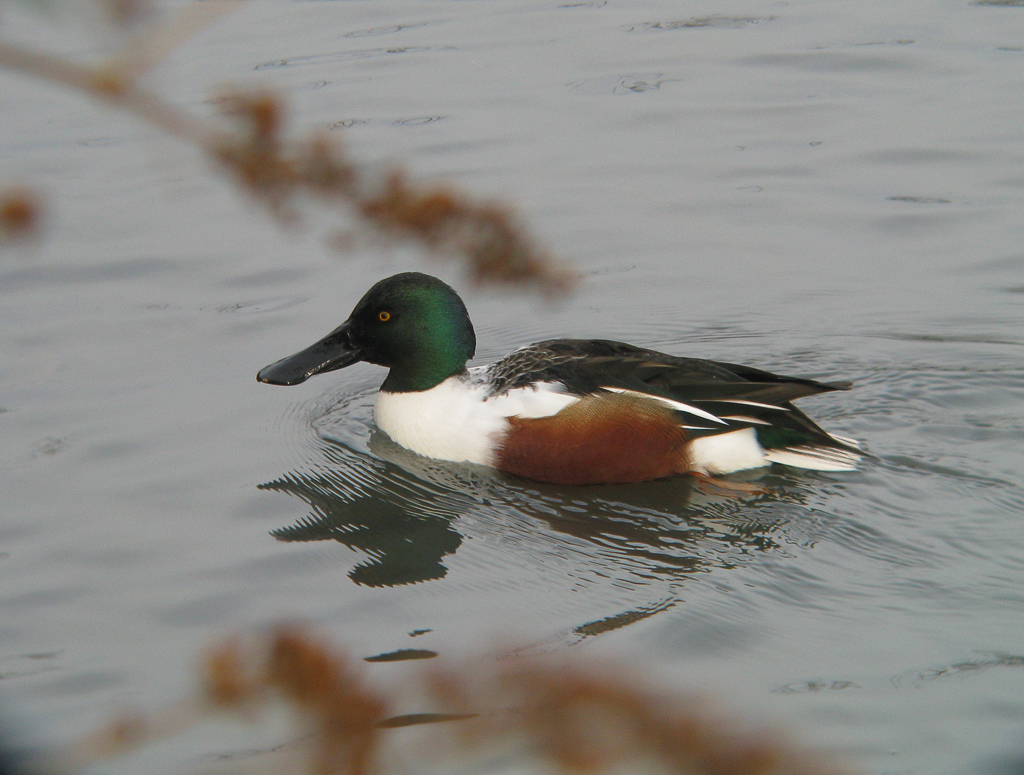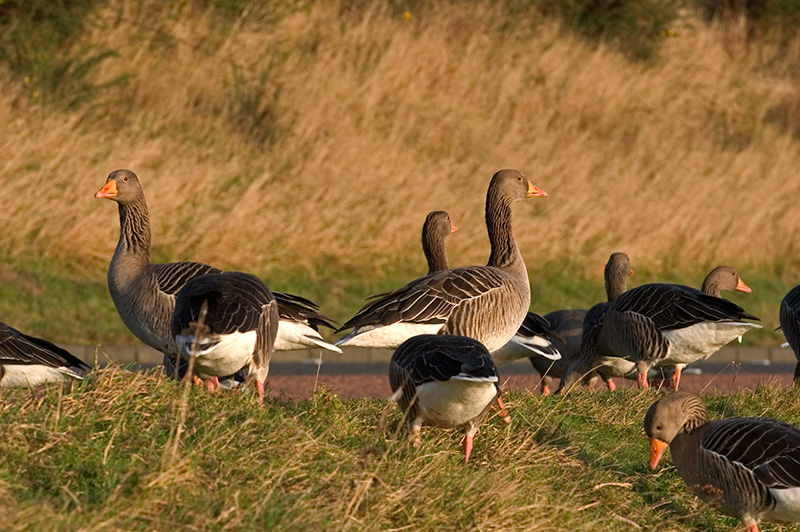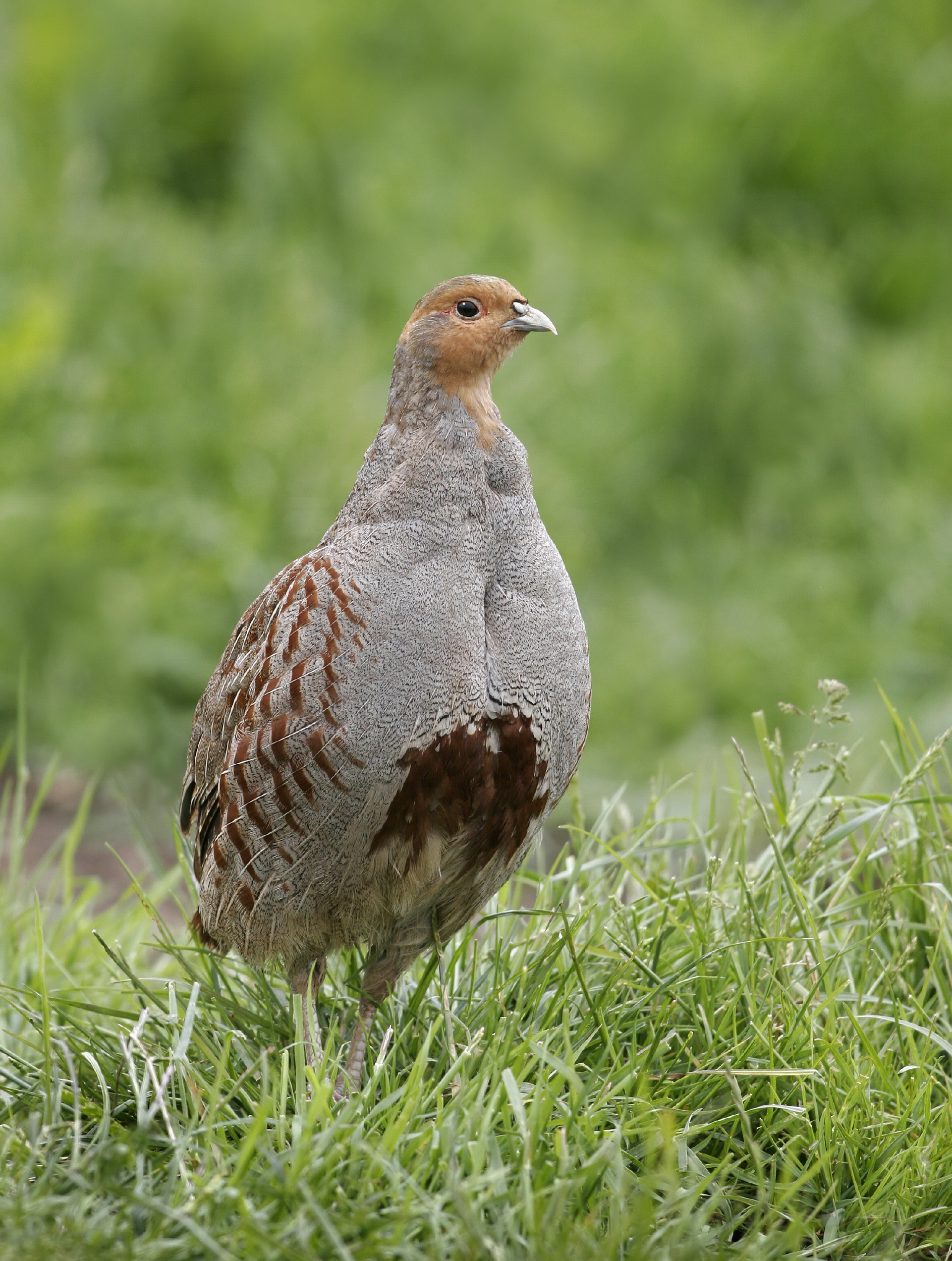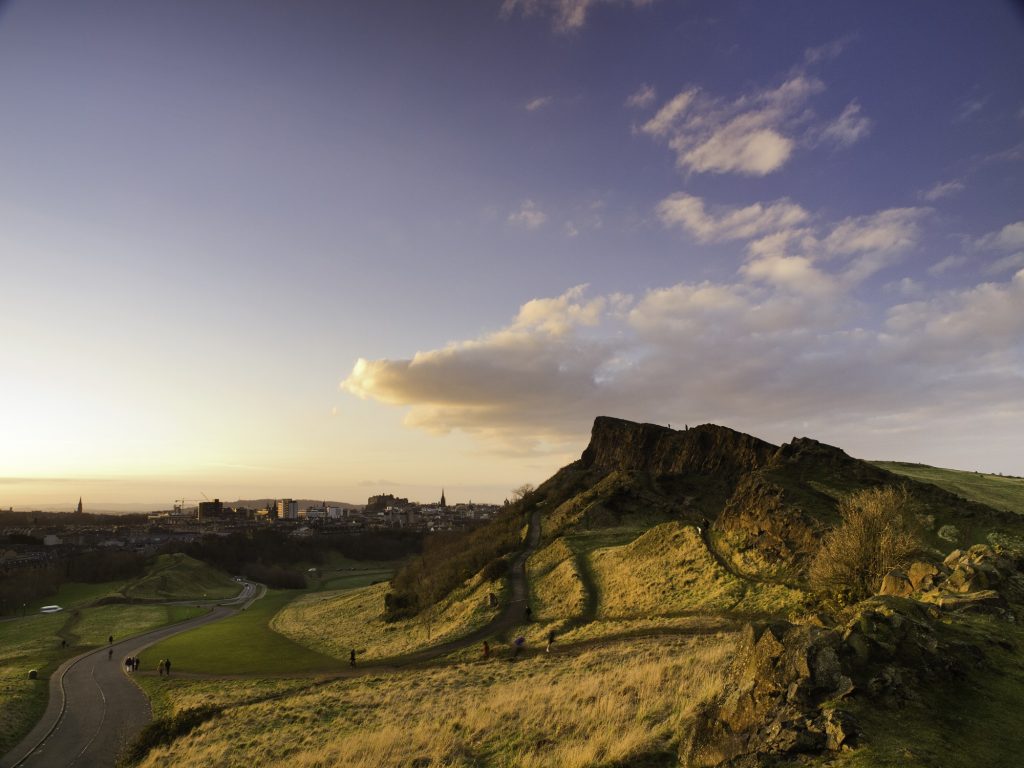I am a big fan of the different delights the changing seasons bring to the natural world, so ideally would have loved for the article’s title to be the famous ‘Game Of Thrones’ quote … “Winter is coming!”.
However, due to the mild weather we are getting for this time of year, I thought that was perhaps not the best way to begin. Although the flowering plants, which contribute so much to the uniqueness of Holyrood Park, have now died, there is still a lot of nature to see here at this time of year – much of which isn’t as visible during the rest of the year.
Looking out for nests
The lack of leaves in the trees allows us the chance to see more unusual sights such as the nests of Grey Squirrels high in the branches. These dreys are compact spherical constructions of twigs, leaves, grass and bark about the size of a football.
It’s also an ideal time of year to see the large and chaotic Grey Heron nests; with the Duddingston Low Road providing a good location to view the heronry at the west end of Duddingston Loch.

Duddingston Loch heronry © Graham Checkley
Winter birds arrive
Although summer visitors, such as swallows and swifts, have left for warmer climes, there are still a lot of different birds to be seen. The variety and numbers of waterfowl present in Holyrood Park has even increased as winter migrants arrive.
Yes, birds really do come to Scotland for the good weather! Many of the birds are coming from areas such as the Arctic, Greenland, Scandinavia and northern Europe – making our winter climate seem positively balmy in comparison! Although these birds can survive very low temperatures, the ice on lakes and ponds and snow covering the ground means that their usual sources of food are much reduced – so they migrate south, to cosy places like Holyrood Park!
A few of our quacking residents
Some species of ducks that winter on the Park’s lochs are: Shoveler, Wigeon, Goldeneye, Gadwall, Scaup, Pochard, Teal and Tufted ducks. While some of these ducks can be seen all-year round they are here in the Park in greater numbers during the winter period (October through to March).
The Shoveler duck is particularly striking, and easily recognisable, with its huge out-sized spatulate bill. While Shovelers are permanent residents in central Scotland, in winter these resident breeding birds move south and are replaced by a larger number of continental birds from northern Europe during the winter period.

Shoveler © Graham Checkley
Goldeneyes are relatively recent visitors to Scotland, with the first nesting here in 1970. A small number are permanently resident in the Cairngorm region, but in the winter large numbers of birds arrive from northern Europe. The males are relatively easy to spot with their black and white plumage, a dark green and somewhat angular head and round white patch in front of its ‘golden’ eye.

Male & female Goldeneye © Graham Checkley
Holyrood’s winter grazers
In addition to the waterfowl on the lochs, Greylag geese can be seen grazing on the grassed areas within Holyrood Park.

Greylag Geese © Graham Checkley
Holyrood Park has a rare habitat of natural grassland, remaining largely unchanged since the Park was enclosed by its boundary wall in the 16th Century. This grassland habitat on the back of Salisbury Crags has been known to provide cover and food for Grey partridges – not, according to the popular Christmas carol, in pear trees. These birds are most likely to be seen shortly after dawn.

Grey Partridge © Marthin B Withers / FLPA
Snow Bunting are occasional winter visitors from northern Scotland and Scandinavia. You can sometimes see small flocks of these seed-eating birds near the summit of Arthur’s Seat until early spring.

Snow bunting © Roger Tidman / FLPA
Hunting owls
If you are really lucky, you might catch a glimpse of a Short-eared owl hunting as it criss-crosses Hunter’s Bog in search of small mammals, especially voles. Helpfully for us, unlike most species of owl, the short-eared owl is most often seen hunting during the day.

Short-eared owl © Graham Checkley
Hopefully this brief look at what to look out for in Holyrood Park over the winter period will encourage you to make a visit to the Park and take advantage of this unique wild landscape, that we are very fortunate to have this close to the city centre and which is easily accessible to so many.
Why not let us know what you see – leave a comment below or share a photograph on social media.

